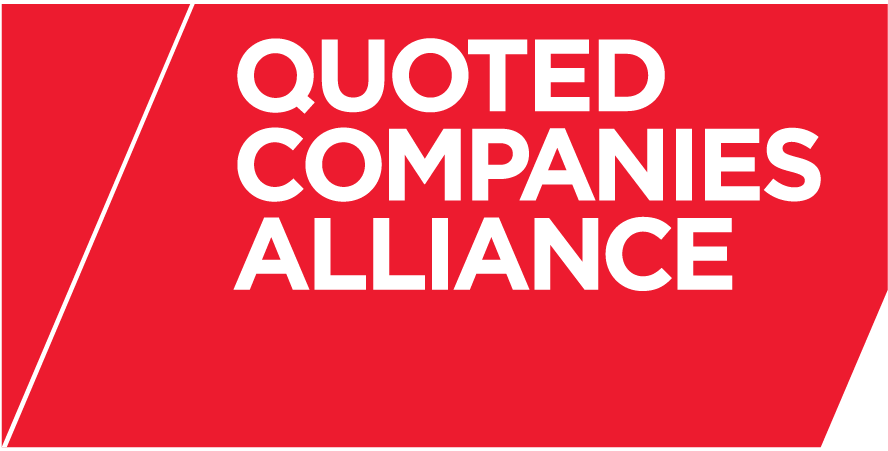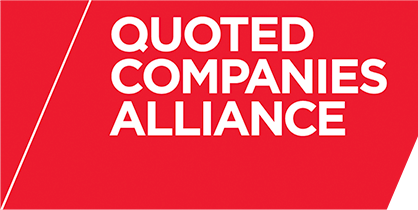Small and mid-size quoted companies need to focus their governance reporting on what is important and better explain what they do and why they do it, according to a review of corporate governance behaviour published today by the Quoted Companies Alliance, the independent membership organisation that champions the interests of small to mid-size quoted companies, and Top 20 UK accountancy firm UHY Hacker Young LLP.
The review of small and mid-size quoted companies’ published corporate governance disclosures found that the level of disclosure, benchmarked against the Quoted Companies Alliance Corporate Governance Code for Small and Mid-Size Quoted Companies, varies greatly. For example, while 81% of companies analysed referred to following a specific code, only 3% disclosed how the application of that code supports the company’s long-term success and its strategy for growth.
In addition, the research found that:
- Only 38% of small and mid-size quoted companies followed recommendations to explain how the businesses’ risks align with the strategy of the company;
- The majority (68%) of remuneration committee reports reviewed explained how the company’s remuneration policy and practice align with the company’s strategy;
- Only 31% of companies provided an explanation to shareholders of how the objectivity and independence of their auditors is safeguarded;
- Just under half (43%) of companies explained to shareholders the independence of non-executive directors; and
- Just 17% of companies[1] followed best practice by explaining how their audit committee dealt with risk.
Colin Jones, Partner at UHY Hacker Young LLP and Deputy Chairman of the Quoted Companies Alliance Corporate Governance Expert Group, comments: “The results of the QCA/UHY Hacker Young Corporate Governance Behaviour Review show that boards of small and mid-size quoted companies need to become more effective in articulating how and why the decisions they make link to strategy, governance and risk management. Institutional investors realise that this is hard to do; but, it is important that companies are seen to be trying to address difficult areas and not to be hiding any bad news.”
The review found that areas where there are good levels of disclosure tend to focus on the provision of standing information. This includes companies’ providing their annual report and accounts and other governance material on their website; brief descriptions of the work of each board committee and its role; information on directors, their roles and committee membership; and the responsibilities and accountability of each board committee.
Conversely, small and mid-size quoted companies tend to struggle with more complex disclosures, such as a summary of board evaluation procedures, the results of the evaluation and any action planned or taken. Other areas where weak levels of disclosure were found include a summary of the information received by the board and individual committees; an explanation of the role of external and internal advisors; and, in the cases where the company secretary is also a director, an explanation for this.
Tim Ward, Chief Executive of the Quoted Companies Alliance, comments: “Investors do not expect companies to ‘tick all the boxes’. They want to see companies improving their corporate behaviour over time as they grow. This review is designed to help directors of quoted companies to communicate better with their existing and potential investors.”
The review also offers some invaluable top tips to quoted company directors for this reporting season, drawn from discussions with institutional investors on the results of this analysis.
Edward Craft, Partner at Wedlake Bell LLP and Chairman of the Quoted Companies Alliance Corporate Governance Expert Group, comments: “Companies need to move beyond the comfort of boilerplate disclosures. ‘This is what we said last year’ should not be the starting point for a company’s annual report and accounts. Use the annual report to tell the company’s story, in its voice, and explain its strategy and how the governance structures are linked to that.”
[1] Of those companies without a separate risk committee at board level
